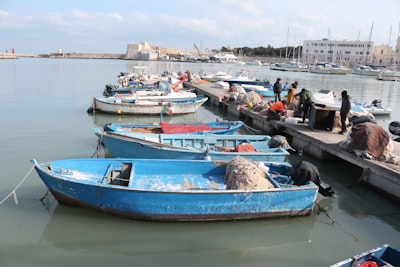Summary
On Monday, June 30, 2025, an Israeli airstrike targeted Al-Baqa Cafeteria, a well-known seafront venue in western Gaza. At least 20 Palestinians were reported killed, with scores more wounded, according to local medics and eyewitnesses. The cafe, popular with activists, journalists, and local residents seeking internet and workspace, was left devastated, and rescue teams continued searching the debris hours later. The attack occurred amid a renewed wave of Israeli airstrikes across Gaza, following mass evacuation orders and compounded by an ongoing humanitarian crisis.
This latest escalation comes against a backdrop of failed ceasefire negotiations and mounting international and domestic pressure on the Israeli government to pursue a truce. Over 56,000 Palestinians have reportedly been killed since the conflict's resumption. The humanitarian situation continues to deteriorate, with widespread displacement, food shortages, and strikes impacting civilians and aid workers alike.
Analysis
The deadly strike on Al-Baqa Cafeteria highlights several key dynamics in the current phase of the Gaza conflict:
Civilian Danger Zones: The targeting of a civilian space frequented by journalists and workers blurs distinctions between combatant and non-combatant zones. Even spaces meant for relative normalcy, like the beachside cafe, are no longer safe, illustrating the extent to which violence permeates daily life.
Information and Narrative Control: The attack on a venue frequented by journalists is significant. In wars where narrative and image shape international response, such incidents both threaten the flow of independent reporting and expose journalists to grave risks. The absence of direct comment from the Israeli military further underscores the ongoing contest over whose account prevails.
Evacuations and Displacement: The article draws attention to repeated, large-scale displacement orders in northern Gaza and the insufficient alternatives for civilians. Testimonials from displaced families reveal a cycle of flight, deprivation, and trauma—a pattern now familiar over repeated escalations.
Ceasefire Talks and Political Stakes: With ceasefire negotiations largely stalled, domestic and international criticism is mounting on Israel’s leadership. Netanyahu faces a dilemma: the push to militarily dismantle Hamas versus pressure to stop the fighting and mitigate humanitarian disaster. The deepening attrition on both sides risks entrenching positions and prolonging suffering.
Humanitarian Access and the Aid Crisis: Despite partial openings to aid, the creation of bodies like the Gaza Humanitarian Foundation (GHF) hasn’t resolved the dangers faced by Palestinians trying to access food, nor the allegations of lethal force at aid distribution points.
Discussion
The attack on Al-Baqa Cafeteria is emblematic of broader calamities unfolding across Gaza. The relentless bombardment and the rising civilian death toll have raised pressing ethical and legal questions about proportionality, distinction, and the conduct of war. The fact that public spaces, schools, and shelters double as battlefields or become inadvertent targets underscores the humanitarian catastrophe. Meanwhile, the assertion by the Israeli government that operations are nearly concluded is cold comfort to the families forced to flee yet again with no guarantee of safety or relief.
Why does this tragedy—and the others that surround it—matter? Beyond statistics and diplomatic communiqués, each incident reveals the lived horror of individuals caught in cycles of violence. The attack renews urgent debates over accountability, international response, and the limits of military solutions to deeply political problems. It also exposes the frustrating inertia of global institutions, which struggle to translate outrage into effective pressure or relief.
Parallels to other drawn-out urban conflicts, like those seen in Aleppo or Mosul, are instructive: There, too, civilian spaces became death zones under the logic of counter-insurgency, and negotiated settlements were delayed at terrible cost. This raises critical questions: What is the threshold at which pressure for a ceasefire becomes irresistible? How will the memory of these attacks shape postwar reconciliation, if and when the guns fall silent?
The continued targeting of civilian gathering places, even inadvertently, erodes whatever fragile trust may still exist between populations and those waging war ostensibly for their benefit. Ultimately, these human losses highlight the failure of all parties to resolve the conflict by political means, relegating both sides to a tragic stalemate imposed at the cost of countless lives.

Comments
No comments yet. Be the first to comment!